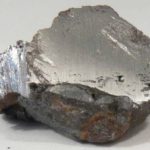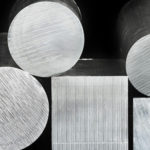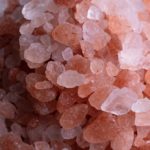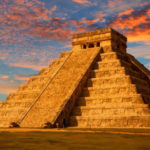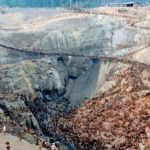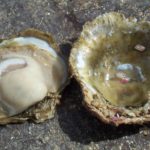Interesting facts about iron
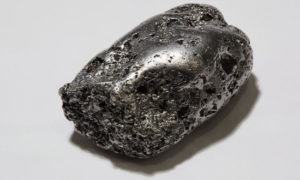 The Iron Age was left far behind in our history, but thanks to the iron and the ability to process it, people managed to build a modern civilization. Many alloys, widely used in industry, also have a certain percentage of iron. What can I say – it is even in our blood, and without it we simply could not live. This metal is so widespread, but it is so important that you just wonder.
The Iron Age was left far behind in our history, but thanks to the iron and the ability to process it, people managed to build a modern civilization. Many alloys, widely used in industry, also have a certain percentage of iron. What can I say – it is even in our blood, and without it we simply could not live. This metal is so widespread, but it is so important that you just wonder.
For several centuries, the most iron in Russia was mined in Yekaterinburg. It was from local iron ore that the roof of the British Parliament was made.
Iron evaporates if it is heated to a temperature of 2862 degrees. At the same time it becomes liquid when heated to 1538 degrees.
When people only learned how to mine iron and process it, it cost more than gold.
Even before the development of metallurgy, the ancient people sometimes found iron nuggets, often of meteoric origin, and made tools and weapons from them.
Our blood is red because of the gland, which is part of the red blood cells that carry oxygen. Some mollusks have similar processes based not on iron, but on copper, so their blood is blue.
Iron accounts for about 4.65% of the total mass of the earth’s crust.
There are more iron meteorites in space than stone ones.
The body of an average adult contains about 5 grams of iron.
Of the common foods most iron is found in pomegranates, apples, chocolate, some legumes, as well as in pork and beef liver.
A lack of iron in the body leads to apathy, drowsiness, brittle nails and hair loss.
Man, if he suddenly removes all the iron from his body, will die very quickly, since without iron the blood cannot carry oxygen.
In Medieval Europe, only the most distinguished people had the right to wear iron jewelry. However, all the others still could not afford them (see interesting facts about the Middle Ages).
In addition to iron, iron ore contains up to 300 impurities of other minerals.
The largest piece of pure iron ever discovered weighs 66 tons. This is all that remains of the meteorite that once fell on the African country of Namibia.
Sulfuric and nitric acids are able to completely dissolve iron.
Every 45-47 minutes, as much iron is extracted from the Earth’s interior as gold has been mined in the entire history.
Rust is simply iron oxide, which is oxidized upon contact with oxygen.
Both steel and cast iron are an alloy of iron with carbon, and the difference in carbon content in these alloys does not exceed 3-5%.
It is iron made magnets, both ordinary and electric.
Among all the metals in the earth’s crust, only aluminum surpasses its prevalence.
One of the few places where there are deposits of pure native iron without admixtures is Greenland.
Fine iron, which is the smallest dust, is capable of erupting by itself in air due to exposure to oxygen.
Scientists believe that the hot core of our planet is 80-90% composed of molten iron under enormous pressure.
The half-life of the longest-lived iron isotope is 2.6 million years, and the shortest-lived is less than 10 minutes.
In river water, the iron content is 100-1000 times higher than in the sea.




